Light is the unseen adhesive that keeps the looks, mood, and warmth of the room in their proper position. And of all the lights, Ceiling Light Fixtures are the best, both for task lighting and ambiance for any home environment. Whether drama in a chandelier above the living room or luxury of an elegant flush mount down the hall, ceiling lighting establishes the style and mood of a room instantly.
Ceiling lighting today does more than light up space. It is a shape dance, technology, and purpose—a union of function and beauty. Knowledge about different types of ceiling lighting, shape, and use places homeowners and budget-friendly interior designers in a place to light their own space with functionality and cuteness.
Ceiling light merely describes what ceiling light is supposed to do: illuminate a room. They light up the whole room, as contrasted with accent or task light, which illuminate and indicate structure. From lean glass pendants to simple LED panels, they come in a dizzying variety of material, shape, and finish.
Ceiling light choice is also partially a function of room size and mood. The living room can probably get away with mood lighting from a semi-flush mount or chandelier, but bedrooms are assisted by dimmable lighting as part of a process of de-stressing. Kitchens and offices have bright task-oriented lights that make one more effective.
An exquisitely crafted ceiling light does not only illuminate a room — it enlivens a room. An intelligently placed judiciously chosen fixture will create ceilings that seem higher, colors that seem more vibrant, and interior space proportionally greater.
Need of a Long-Lasting Ceiling Light Fixture Cover
A cover for a light fixture on a ceiling light is perhaps the most overlooked and the most primitive part of a ceiling light. Its sole purpose aside from looks — actually a rather functional function — is to keep bulbs dust-free, free of water, and free of intentional damage.
The covers also come with metallic, acrylic, and glass finish and they disperse light in varying manners. The frosted glass cover disperses the light to create a yellowish color of light but transparent covers allow maximum light to travel through them. Easy installation and removal is also made available in the new covers allowing one to be able to remove or replace the bulb easily.
Homeowners who desire the new fresh appearance without having to deal with installing a brand-new fixture start by changing the cover. A new cover will provide an instant new appearance to a room that will provide the room with a clean and fresh look.
Designing Cosines with Kitchen Light Fixtures Ceiling Design
It's not just where the meals are prepared — it's where dreams, smiles, and warmth overflow. Thoughtful kitchen lighting ceiling fixtures are a component of a more evolved balance dance between functionality and comfort.
Recessed light is delivering linear evenness but pendant over dining bays or island space is brighter and more bulky. With the use of ceiling light — i.e., recessed cans, track light, and center flush mount — is lighting all space to socialize informally, cook, and dine.
For tiny kitchens, warm-white bulbs and matte-finish lights will warm the room and nicely open it. But for huge rooms, multi-level illumination is necessary, where ambient and task sources are utilized both to create visual equity.
Add Cozy Contemporary Efficiency with LED Ceiling Light Fixtures
LED ceiling lighting technology is changing the future of designs that are energy savers. Not only do the ceiling lights last longer, but they send out a clean, bright and clear light without generating any form of heat.
Opposite to incandescent lighting, LED lights use little to no energy yet they yield a good amount of light. LEDs may be mounted into panels, retained in decorator flush mounts, or suspended from sculptural chandeliers. Dimming and color temperature modification of most smart LEDs are programmable using one's smartphone, and the atmosphere changes subtly from bright daylight to warm evening color at the press of a button.
LED ceiling light investment = low power bill and maintenance-free — style win and eco-win.
Making the Best Light Fixtures Ceiling Choice for Your Home
Ceiling design choice for lighting fixtures is not always a beauty choice — it is a combination of form and space. Bedrooms require warm soft light, offices require hard light. Entrances can perhaps have decorative fixtures that require an atmosphere of welcome, but bathrooms require water-proof designs.
Height and positioning must be taken into account. A chandelier must be appropriate to room and ceiling height, and extremely low ceilings are best served by flush mount or recessed lighting. A Uniform lightening is achieved when the hardware finishes and furniture compliment each other without one trying to outsource the other, which makes it visually appealing.
Frequently Asked Questions
1. What exactly do ceiling lights fixtures do?
They add ambient light to spaces and consistent lighting for visibility and relaxation.
2. What type of ceiling fixture will I need to buy?
Think about the area and size of the ceiling. Large ceilings or areas will require larger fixtures.
3. Should opt for purchasing LED ceiling light rather than a standard bulb?
Yes. LED light consumes less power, also it lasts longer, and produces less heat unlike the incandescent or fluorescent bulbs that do the opposite.
4. Can I personally install ceiling light fixtures myself?
Yes, if you are positive that you can make the electrical repairs, but safety first. Preferably you can employ the service of a professional.
5. How many times should I clean my ceiling light fixture?
It is instructed and expected to be cleaned at least every three months to remove the dust that has accumulated and make it sparkling clear and clean.
6. What is the best fixture for low ceilings?
Flush mount or semi-flush mount fixtures because they will not be so far down.
7. Can ceiling fixtures be dimmed?
Yes. New fixtures and new LED bulbs must be dimmer switch compatible.
8. How do I replace my ceiling light?
Utilize minimalist style, clean lines, matte finish, and warm-white LED light.
9. Are there water-proof ceiling fixtures?
Yes. Wet-rated or damp-rated fixtures that are specially and specifically produced for bathrooms and outdoor use.
10. How are recessed and flush mount lights different?
Recesses are below the ceiling but flush mounts are directly below.
11. Do I put a second light in every room?
Yes. Only bedrooms—bigger lights in the kitchen, softer lights in bed.
12. What would be a wonderful material for ceiling light covers?
Glass. We love glass and acrylic here because it's diffusing this light so gorgeous but it's such a nuisance to clean.
13. Will my smart bulbs work with ceiling lighting?
Yes, if the fixture is the kind where the bulb is inserted and there is thermal tolerance in the usual way.
14. How to replace a ceiling fixture cover?
Firstly, turn off the power, then you remove the old broken cover, and put on the new one using the same brackets and be very careful when doing it.
15. What is the average lifespan of ceiling light fixtures that can last?
The traditional ceiling lights are designed to last ten to fifteen years and that is only possible with regular maintenance and care, whereas the LED lights last for twenty five years.
Conclusion
Ceiling Light Fixtures are not only light. They are art, creativity, and emotional attachment. Art in the form of a room centerpiece or a recess light that is fitted into the ceiling, both of which can potentially reshape our vision of our room.
The perfect ceiling light will reframe the mood of an entire room — lighting everyday life, saving energy, and setting mood in design. Ceiling lights are among the most prevalent interior options for all three rooms.





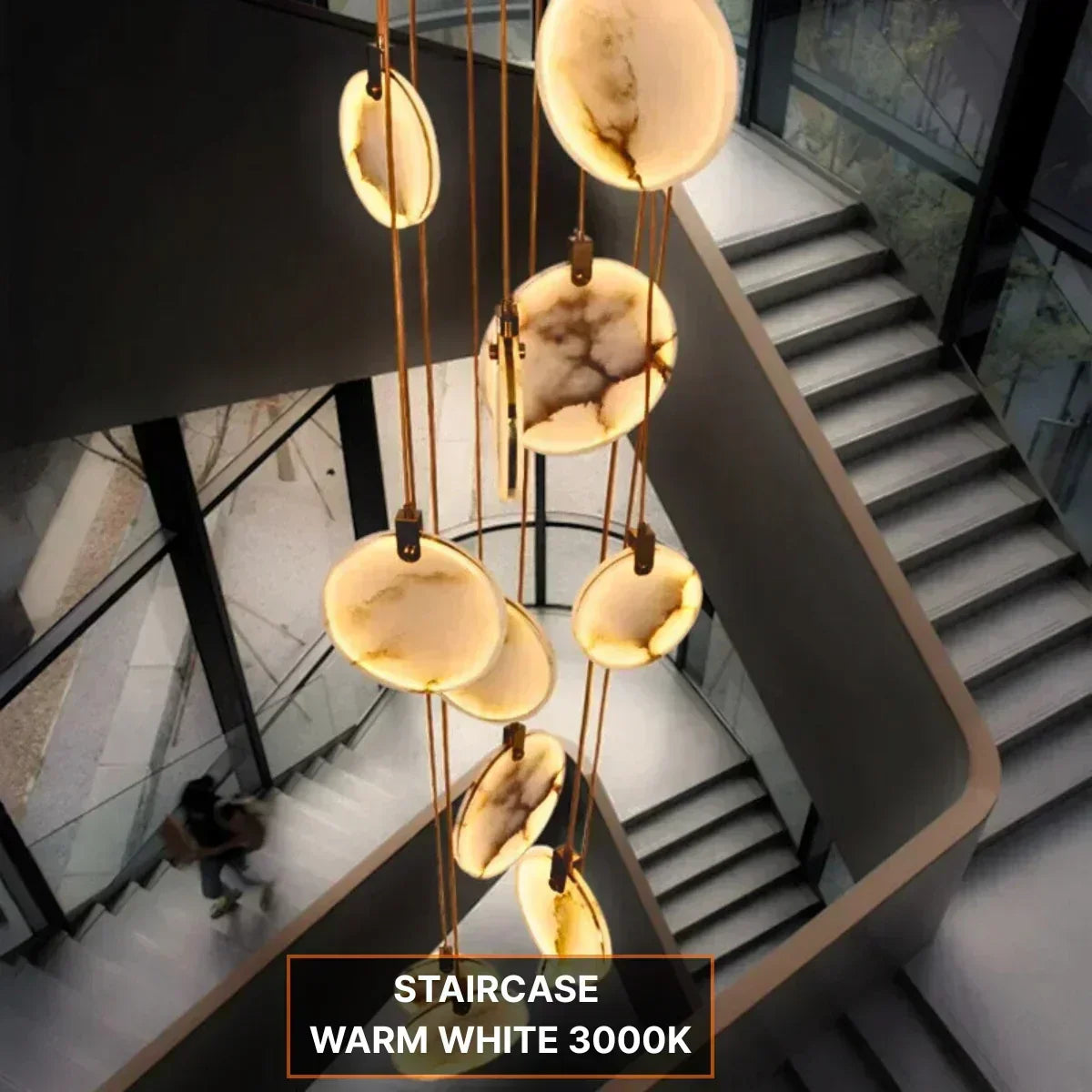
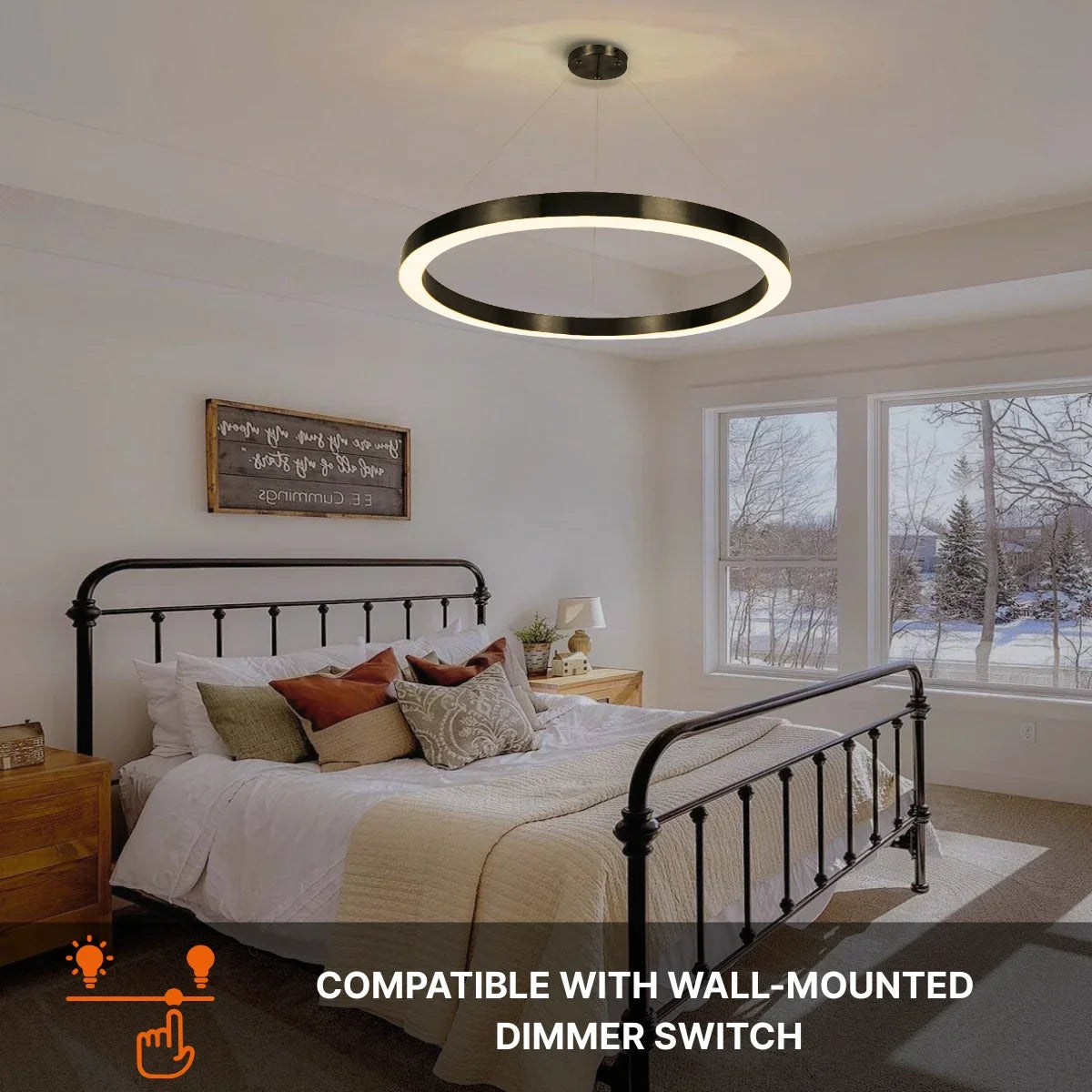
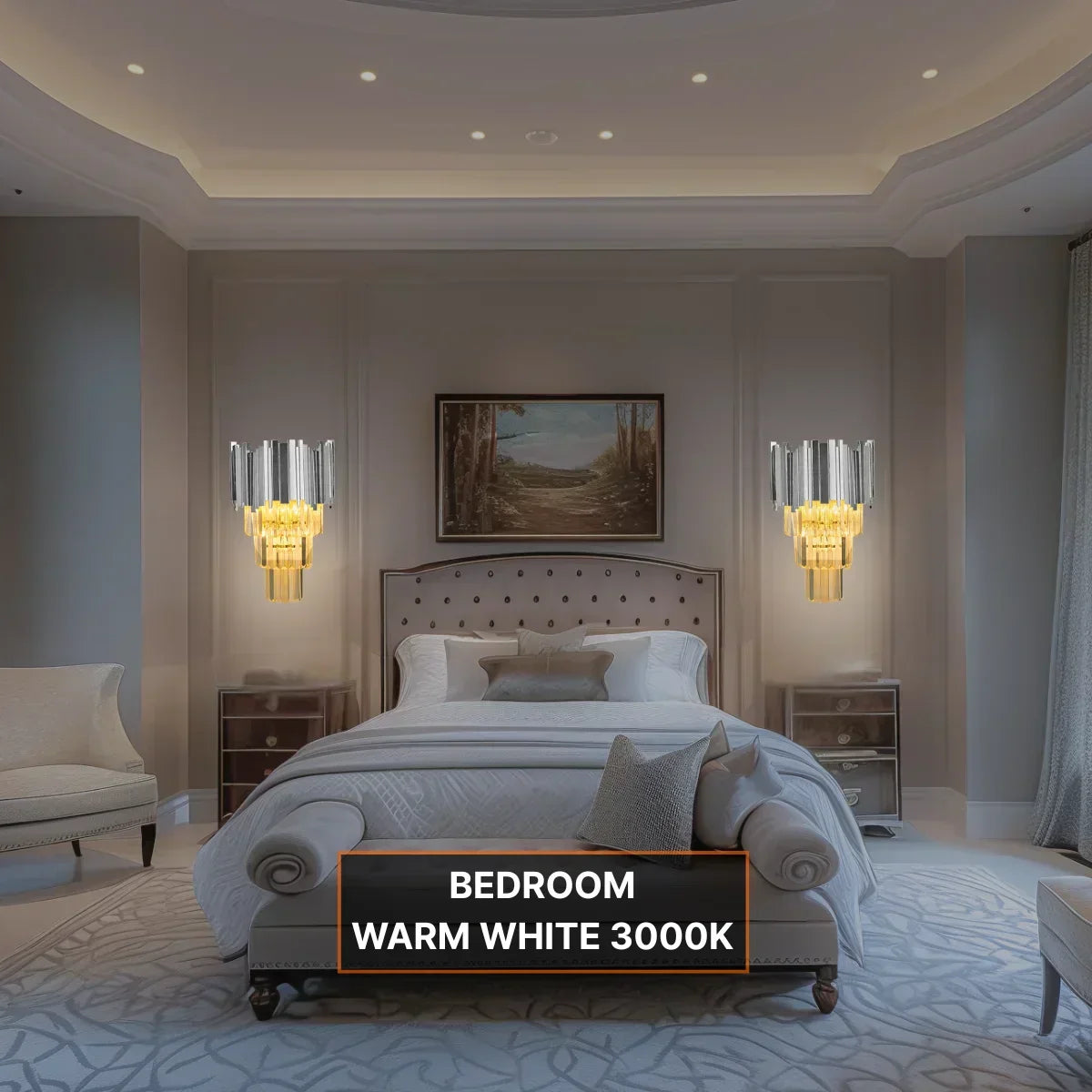
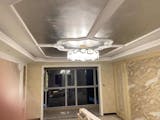

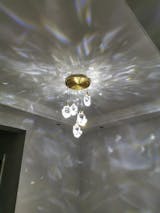
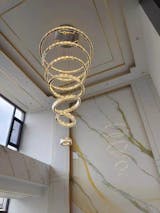
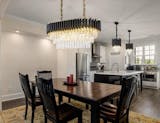
Share:
Living Room Chandelier
Flush Mount Ceiling Light